- Chapter1 -Consulting and Marketing
- Chapter2 – Designing, Photography, Filmmaking
- Chapter3 – Printing, Packaging, Post-print
- Chapter 4- Environmental Advertising and Exhibition Services
- Chapter 5 – Audiovisual Advertising and Electronic Marketing
- Chapter 6 – Advertising gifts
- Chapter 7- The world of distribution
- Chapter 8- Export and Import
Header
New World, with over 25 years of experience, offers printing services for various types of official and non-official letterheads in different designs and sizes. To purchase or inquire about prices, please contact us.
SKU:
C96UU
Category: 5.3) Digital printing
Description
What is a letterhead?
If you’re interested in creating a custom letterhead for your business, you might be wondering, “What is a letterhead?” A business letterhead is a type of stationery specifically designed for use in business letters or professional documents, such as internal memos.
Letterheads come in various colors, patterns, and designs, so when choosing one, it’s important to consider the type of image you want to present to your clients or business partners.
When purchasing a business letterhead, you’ll encounter many style options. There are simple designs, colorful patterns, nature-themed designs, holiday-themed designs, and more.
Each type of letterhead can evoke a distinct feeling in the recipient of your document. For instance, a document printed on a letterhead with a simple geometric design conveys a professional and organized impression.
Such letterhead designs are very suitable for legal documents, meeting agendas, etc.
On the other hand, floral, patriotic, or cloudy letterheads are good options for informal letters, such as an announcement for a company barbecue.
Designing and printing a custom letterhead for yourself or your company is very easy; all you need is a word processing program.
In just a few minutes, you can easily create a letterhead template personalized with your company’s contact information. By doing this, you’ll always have a template that you can use repeatedly in the future.
A good first step is placing the company logo; you can position it however you like, but placing it at the top of the page is a good idea, as it gives a professional look and immediately introduces the reader to your company.
Once you’ve positioned the logo, you can get very creative with the format of your letterhead. For instance, you can organize your contact information in the header of your document or place it in the footer; the choice is entirely yours. However, make sure to leave enough space for important contact details like your name and title, address, phone and fax numbers, and email address.
The body of your letter should be formatted simply so that it is easy to read. In most cases, the date of the letter is placed on the right, the greeting and content of the letter on the left, and your closing sentence on the right.
Learning how to create and print your own letterhead is a valuable skill, as it saves you time and money in the long run.
Technically, letterheads are used for printed letters, but they can also be used in digital messaging to maintain brand consistency. In some cases, companies use letterheads only for important correspondence.
For example, a university might send regular emails but use a letterhead for an acceptance letter sent by mail. A law firm may use email daily but send a letter on letterhead as a formal communication with a higher authority.
Tips for creating a company letterhead or legal letterhead, etc.
Here are a few additional suggestions for designing a successful letterhead:
Experiment with different software
In addition to Microsoft Word, you can also use more advanced programs like Adobe InDesign, Photoshop, or Illustrator. These programs are more professional and offer more options for creating unique visual elements.
Properly format your letterhead
If you’re creating the letterhead from scratch, make sure the letterhead size is appropriate for printing. This usually means formatting the document to standard letter size (8.5 x 11 inches).
Know your audience
Consider who will be receiving your letterhead. If you’re sending a cover letter to a formal company, you may want to keep your design simple and concise.
If you’re sending a letter to the relaxed work environment of a well-known startup, you can probably use more vibrant colors and playful fonts.
Maintain consistency
When it comes to graphic design, sticking to a theme is key. Try to use only two or three fonts in your letterhead and limit your colors to a simple palette. The more cohesive your design is, the more appealing it will be.
Positive impact on the letter recipient
Letterheads can’t be considered mere office formalities; in fact, your organization’s letterhead is as important as its name and brand. A letterhead must be professionally designed to be a good representation of your brand’s credibility.
Respect towards the recipient
To the letter’s recipient, there’s a big difference between receiving a letter printed on a professional letterhead versus a plain sheet of paper. If the letter isn’t printed on letterhead, the recipient may not take it seriously!
Introducing your brand to others
A letterhead includes your logo, brand name, slogan, and contact information. Every official business letter travels a long way after leaving your organization and can introduce your brand to others.
Security of organizational correspondence
If someone represents your organization when dealing with other organizations, they must carry a letter printed on your letterhead. This highlights the importance of letterheads! Essentially, letterheads ensure the security of your external communications.
Letterhead paper features
Usually, the letterhead takes up about one-fifth of the paper space. Letterhead paper is printed on one side and is available in A4 and A5 sizes, though it may also be produced in other standard sizes depending on the organization’s needs. In some organizations, the regular letterhead may differ from the CEO’s or board members’ letterheads, depending on company policies.
Components of a letterhead
The purpose of designing a letterhead is to provide basic information about the organization and its legal identity. It is recommended that the letterhead design be free of any cluttered visual elements to ensure the letter’s text remains readable. However, organizational colors are often incorporated into the letterhead’s graphic designs. Generally, a letterhead includes the following components:
Logo and organization name
The organization’s logo is usually placed at the top right of the letterhead, though its position may vary depending on the design and the organization’s policies. Typically, a brief description of the organization’s activities is included next to its name. For the security of administrative correspondence, some organizations print the logo not only at the top of the letterhead but also in the middle (where the body of the letter appears). In this case, it’s better to print the logo in a single color and with reduced opacity to avoid interfering with the readability of the letter.
Date, letter number, and attachments
The words “Date,” “Letter Number,” and “Attachments” are printed at the top left of the letterhead, one below the other. A blank space is left opposite these words to fill in the relevant details.
Advertising slogan
As part of the organization’s identity, the advertising slogan is usually printed on the letterhead, helping to strengthen the organization’s brand.
Contact information
The organization’s contact information is printed at the bottom of the letterhead and typically includes the phone number, fax, email address, website, and postal address.
Writing letters and issuing invoices on plain paper can undermine your business’s professionalism, making letterhead printing an essential start to any business.
Letterheads can be printed on materials like linen, plain paper, or cardstock and can be produced with glued tops or loose sheets.
Letterheads are generally available in A4, A5, and A6 sizes and are used for correspondence in offices or institutions. Typically, the logo and emblem are placed at the top, and the details and address are placed at the bottom of the page.
Be the first to review “Header” Cancel reply


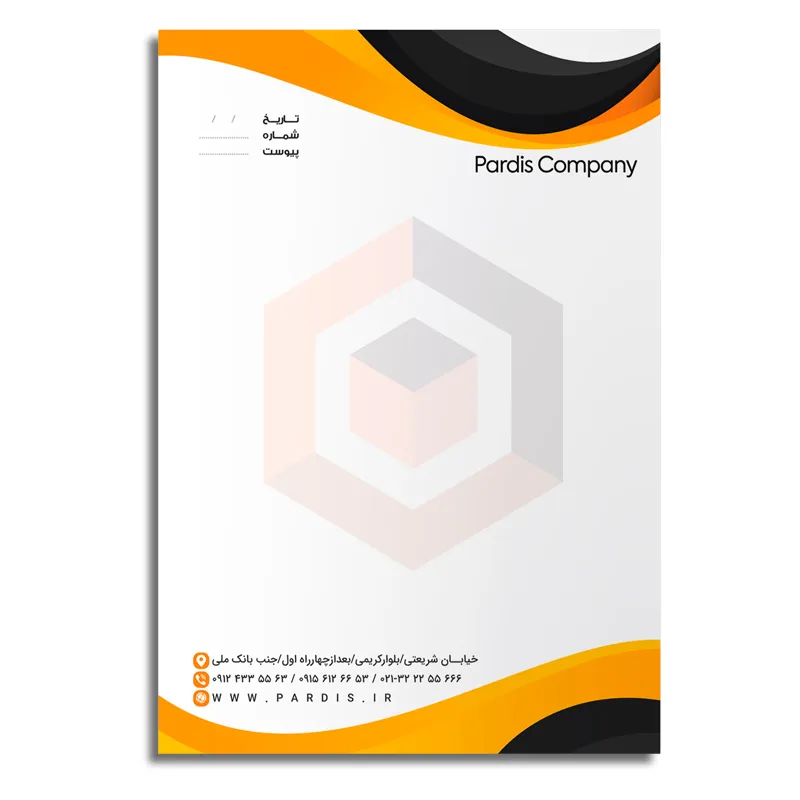
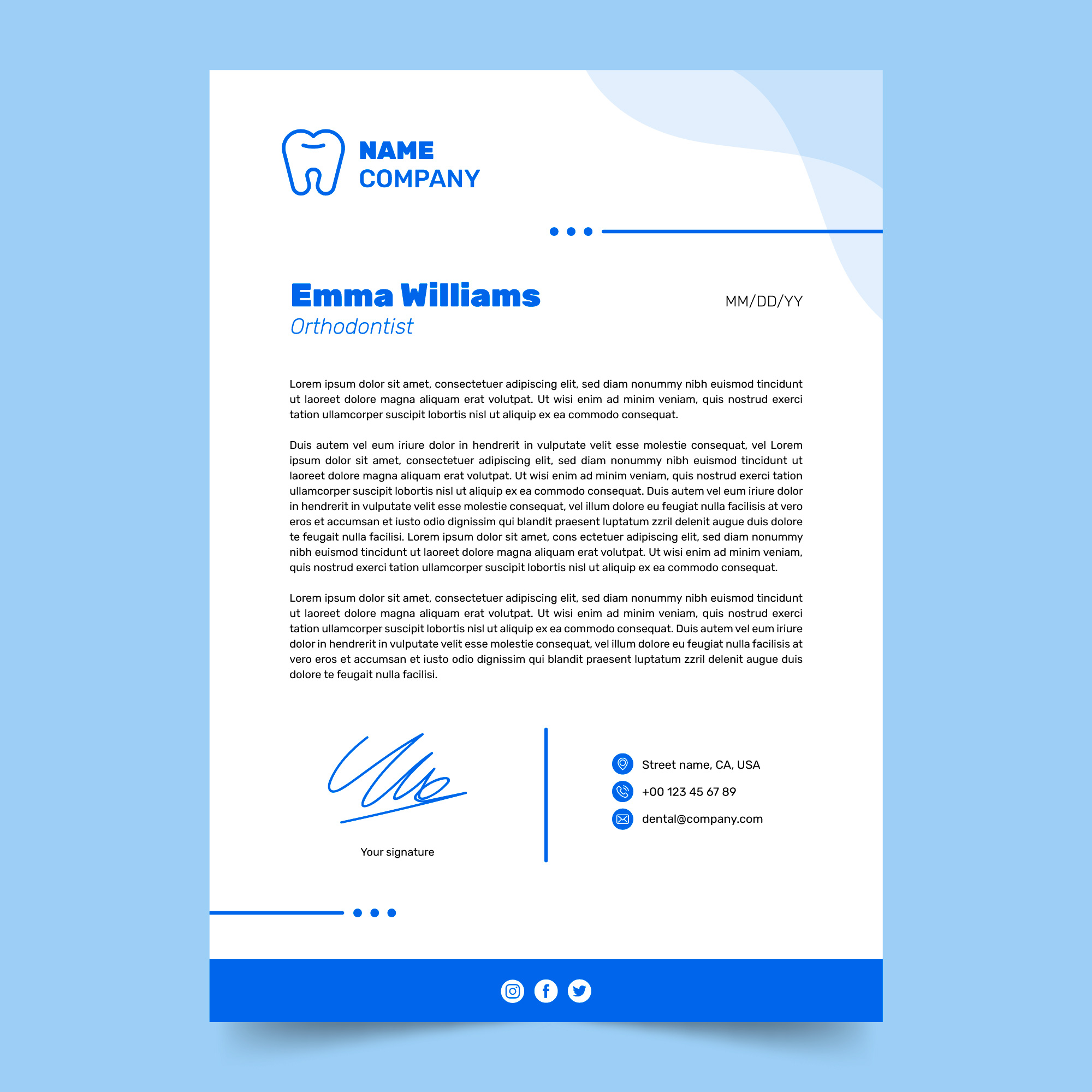
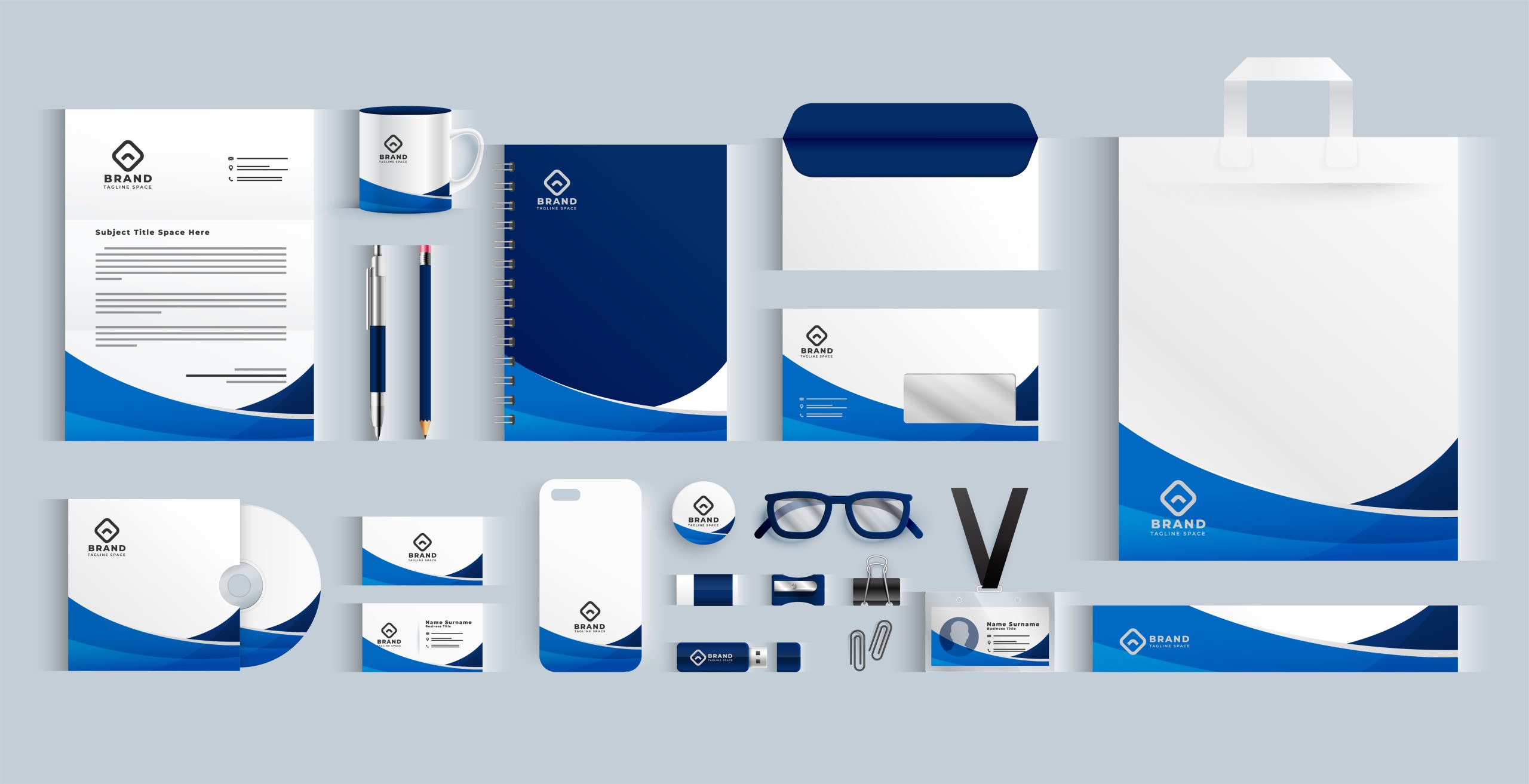
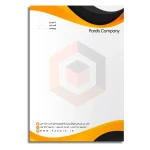


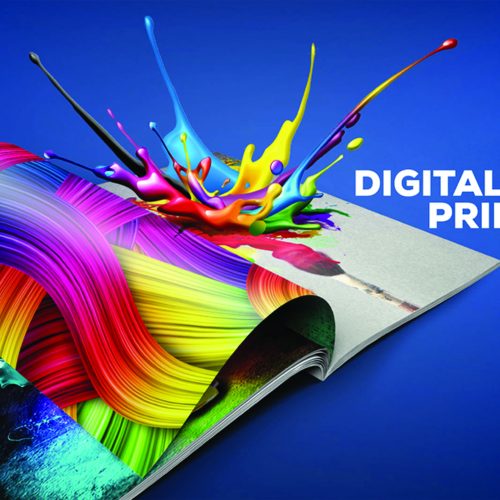

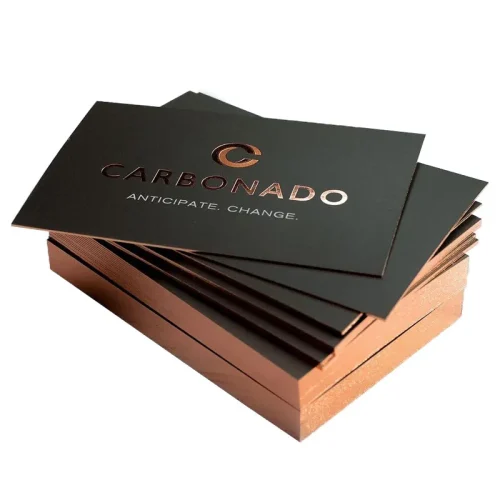
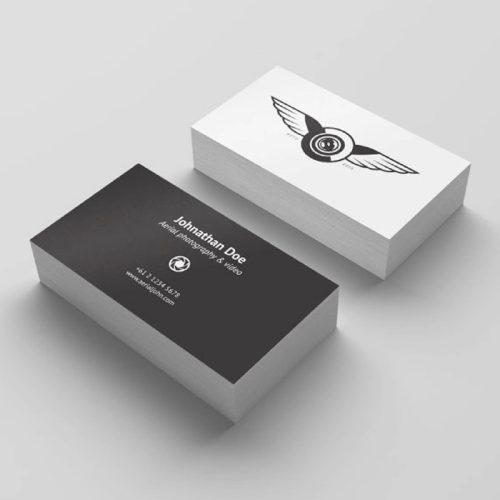
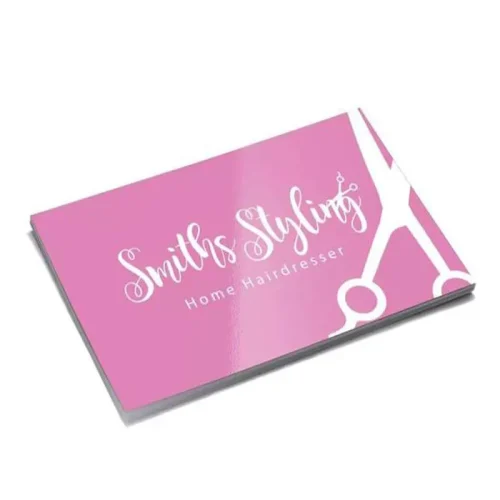

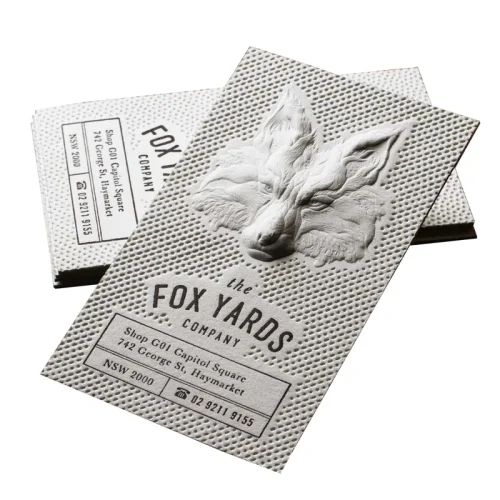
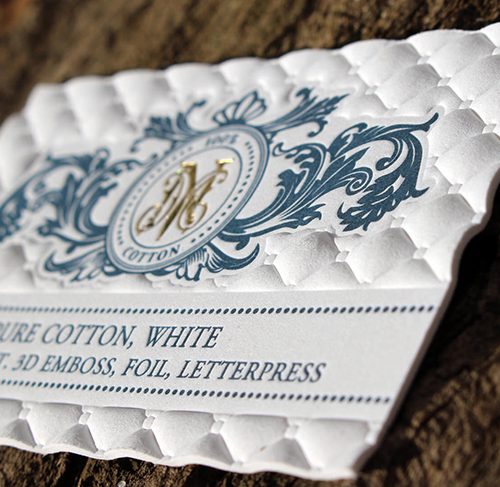
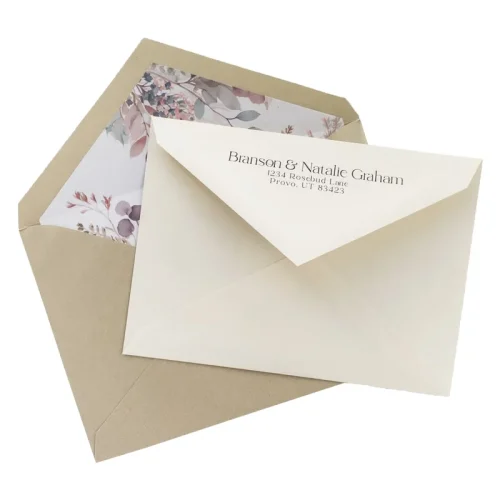
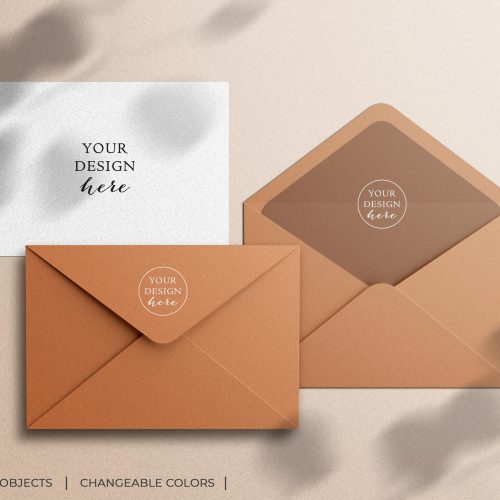
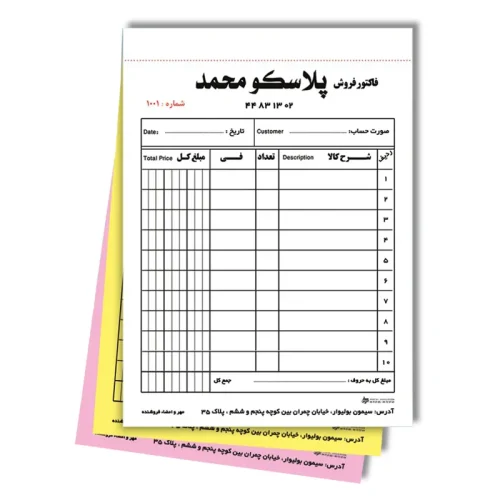
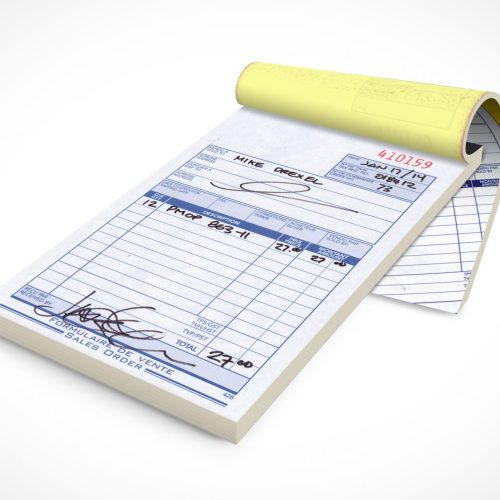
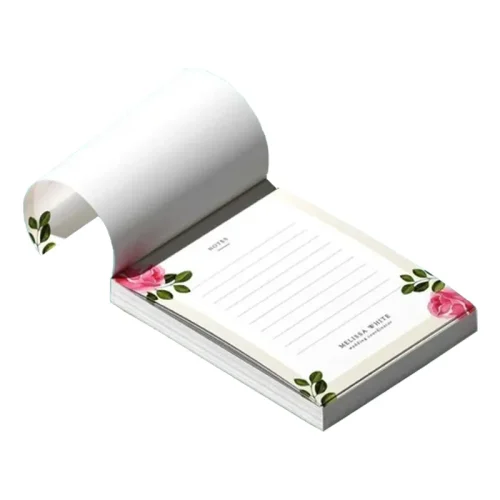
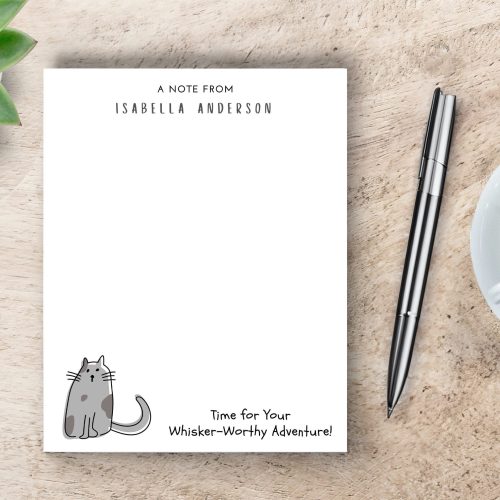
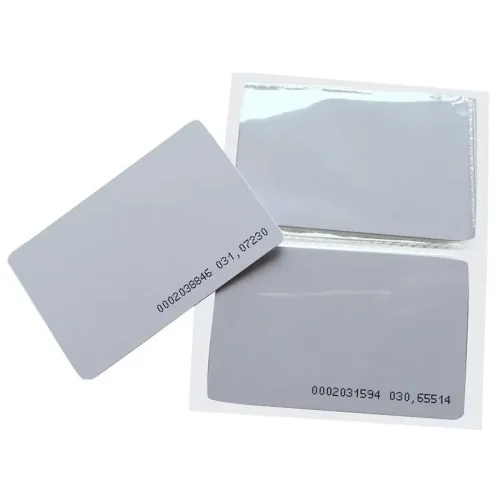
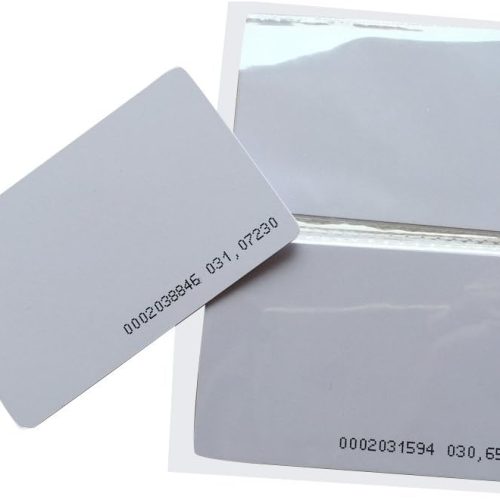
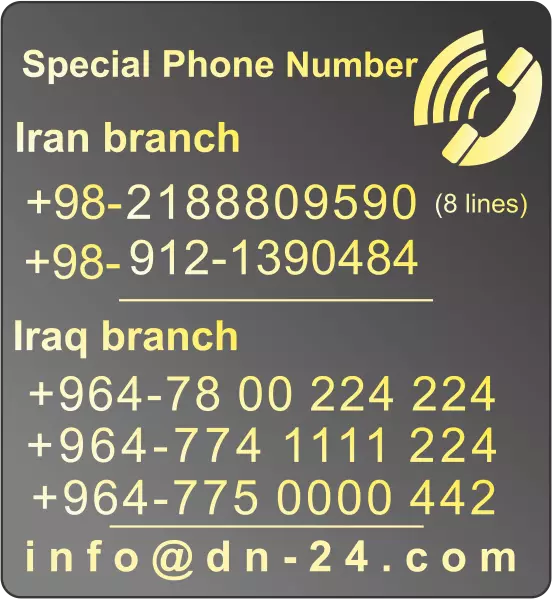

Reviews
There are no reviews yet.